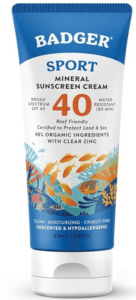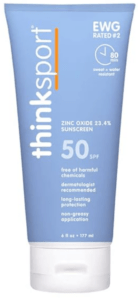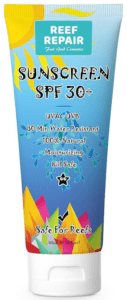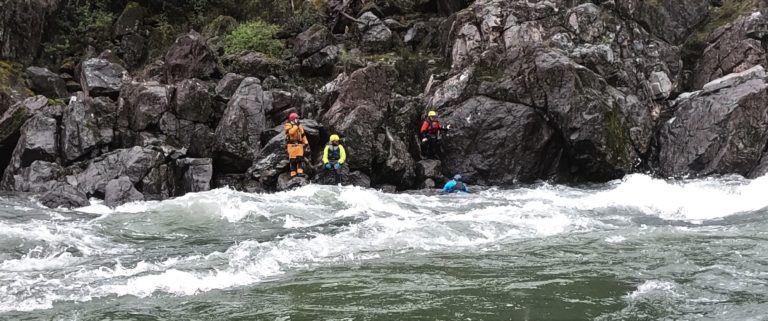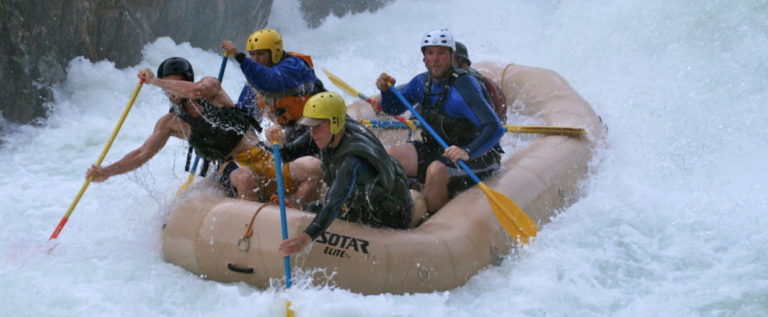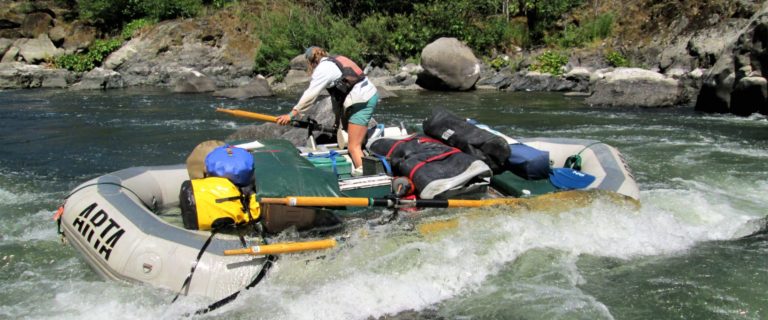In this post we focus on the best zinc-based options for water-resistant sunscreens that are reef friendly. The research points towards these mineral based sunblocks being the safest options for humans and wildlife while also protecting skin from the sun when playing on rivers, lakes and the ocean. These sunscreens are all also ideal for kids and toddlers. Skip to recommended sunscreens. Read about making a DIY reef-friendly sunscreen.
Do a little research and you will find the commercial sunscreen industry is full of dishonest claims. In the fall of 2021, an Environmental working group (EWG) peer-reviewed study of sunscreens concluded that most U.S. sunscreens provide inadequate UVA sun protection relative to the listed SPF. Similarly, Consumer Reports states that sunscreens don’t work as advertised. Sorting through the mess of inaccurate claims is challenging. In addition many products claiming to be “reef safe” turn out to be reef harmful. Questions loom about hormonal-disruptions and carcinogenic issues with chemical (non-mineral) active ingredients used in numerous sunscreens. Find your favorite sunscreen’s safety and protection rating by EWG.
Cover-up vs. Screening-up
Around 10 years ago, Australia switched from a lather up to a cover up campaign for sun protection, leading to a major reduction in skin cancer cases. In the US we’ve been seeing an increase in skin cancer rates while people are using more sunscreen.
When possible, stay out of the direct sun particularly between 10 AM and 4 PM. If you go out, cover up with a UPF rated long sleeve shirt, hat and sunglasses. Then apply sunscreen to your face and other areas that are exposed to the sun. If you’re carrying a baby consider a using a UPF cover.
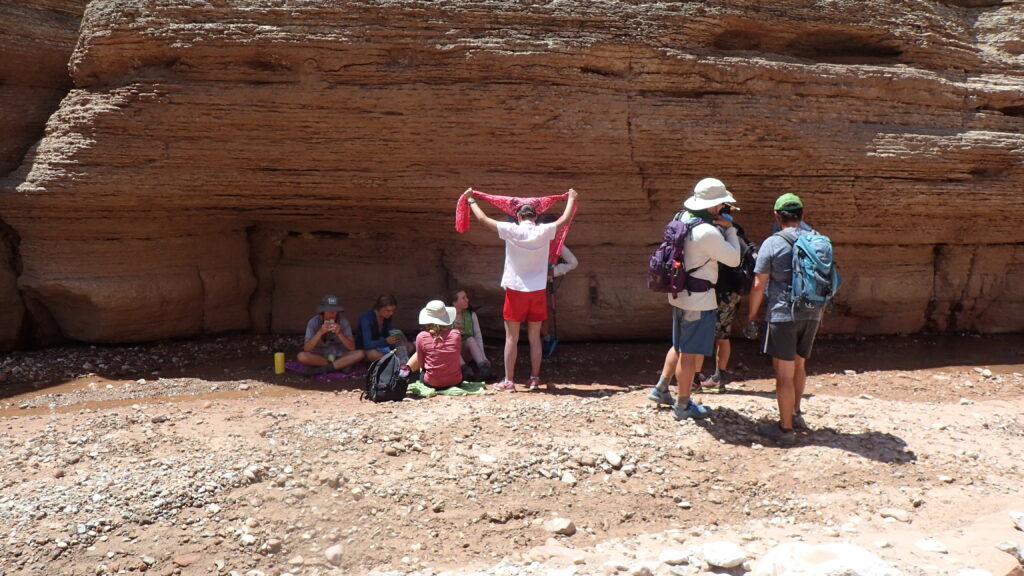
Avoid Spray Sunscreen
There are multiple problems with spray sunscreens. Studies have shown with any sort of breeze people do not apply enough spray sunscreen. That is the main reason Australia recommends using lotions and pastes instead of aerosol sprays. In addition, spray sunscreens are commonly inhaled and sunscreen chemicals like titanium dioxide can cause cancer in the lungs. Recent studies have also found toxic benzene as a contaminant in many sprays. Numerous companies (but not all) have recalled their spray sunscreen products because of this.
Applying Enough Sunscreen
Another common problem with spray sunscreen is people do not apply enough of it to the skin. This can be seen in the video below. While most common with spray sunscreen, this can also be a problem with lotions, pastes and stick sunscreens. If someone were to use 1/2 the amount of SPF 50 sunscreen that they should, the protection factor of the sunscreen is square rooted. That means a protection of around SPF 7 for a sunscreen listed as SPF 50 if only half the necessary amount is applied. Make sure to use a thick layer of sunscreen.
Informative Sunscreen Video
Zinc Oxide and Mineral Sunscreens
Sunscreens containing titanium dioxide and/or zinc oxide as active ingredients are considered “mineral sunscreens.” Many mineral sunscreens have other active chemical ingredients in addition to zinc and/or titanium. Zinc oxide is the only active ingredient blocking high amounts of both UVA and UVB light without the use of toxic chemicals that are absorbed through your skin. Titanium is better at blocking UVB than zinc but it is much worse at blocking UVA light (90% of light is UVA).
The best manufactured sunscreens seem to use 20%+ non-nano zinc oxide and potentially also include non-nano titanium dioxide at around 5 to 7%. Many manufactured sunscreens claim to be SPF 50 with the only active ingredient being 20% zinc oxide. From my reading this appears to be highly unlikely and probably the reason Consumer Reports is so down on mineral sunscreens. Consumer Reports seems to focus on light weight mineral sunscreens that go on clear while EWG recommends mineral sunscreens but focuses on ones that leave faces ghostly white.
Avoiding Other Active Ingredients
The FDA recognizes titanium and zinc oxide as the only safe and effective active sunscreen ingredients. FDA studies on the toxicity of other active ingredients remain in progress. However, third party research has shown problems with other active ingredients in sunscreen. These problematic chemicals are absorbed through the skin into the bloodstream where some are hormone-disrupting, have carcinogenic effects and are not recommended for use on children. For example, oxybenzone has been linked to birth defects in the colon of babies. Alternatively, mineral based sunscreens (zinc and titanium) are not absorbed through the skin but stay on the surface and believed to be non-toxic.
Mineral sunscreens that don’t leave your face white are probably not protecting you that well. Also, if the sunscreen isn’t hard to wipe off then it probably will not stay on when playing in the water.
Reef Safe Sunblock
Be careful when looking for a “reef safe” sunscreen, since there is much misleading information. Numerous sunscreens like SunBum claim to be reef safe when the active ingredients (in SunBum’s case Octocrylene 10.00%) are know to cause problems for reefs. Nano-zinc oxide and nano-titanium dioxide cause problems for coral while the large particled non-nano zinc and titanium are not absorbed by the coral.
As a result, Hawaii has banned many sunscreen ingredients. One of them, oxybenzone causes the activation of dormant virus that lead to the bleaching of corals. Mineral based sunscreens (zinc and titanium) are believed to be less likely to rub off in the water and the particles are large enough to not be absorbed by the coral.
In general, it seems that if a chemical is bad for other organisms it’s best for humans to avoid it. When possible look for products with ingredients that we know our bodies are designed to consume like olive oil and coconut oil.
Chemicals bad for reefs
List of Chemical found in sunscreen that are known to be harmful to reefs.
- 4-Methylbenzylindene camphor
- 3-Benzylidene camphor
- Avobenzone
- Benzophenone-1
- Benzophenone-8
- Homosalate
- OD-PABA, Octinoxate
- Octisalate
- Octocrylene
- Oxybenzone
- Paba
- Parabens
- Triclosan
- Microplastics (like “exfoliating beads”)
- Nanoparticles or nano-zinc or nano-titanium (if it doesn’t say “non-nano” and it can rub in, it’s probably nano-sized)
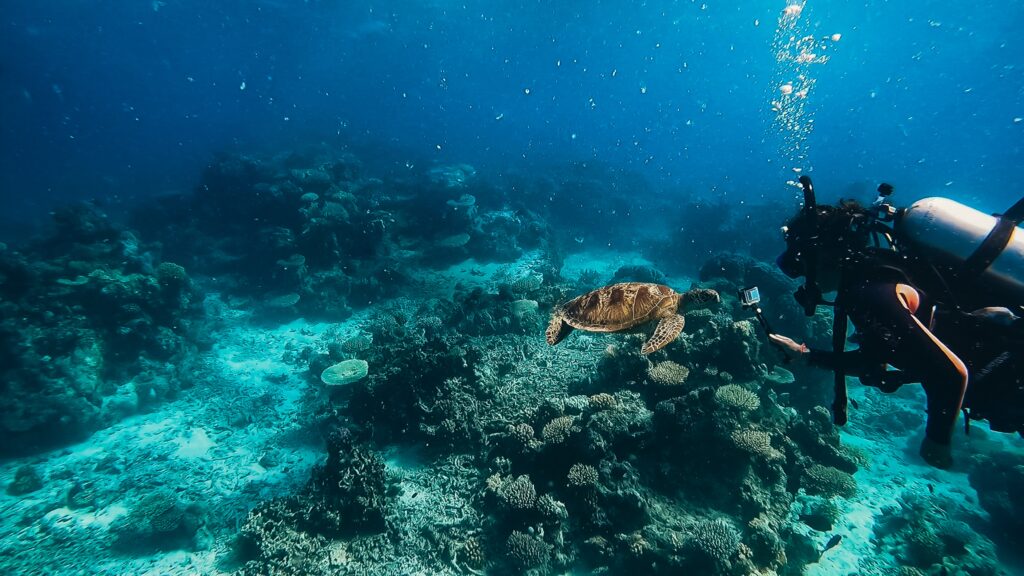
How Strong are Sunscreens Really
Since we can’t count on manufacturers giving us honest data regarding the SPF of sunscreen, we have to find another option. Supposedly, you can approximate based upon the weight of zinc oxide used to get an idea. For every 1% of zinc oxide per the total weight of the sunscreen, zinc oxide provides about an SPF of 1.6.
If a sunscreen is 10% zinc oxide by weight then it has an SPF of around 16. This is assuming no other active ingredients. Ideally we’d want to have a percent weight of zinc oxide in our sunscreen between 20% and 25% to have an SPF in the 30 to 40 range. (***The idea that 1% zinc oxide gives 1.6 SPF and 1% titanium oxide provides 2.6 SPF is all over the internet but I could not find any scientific support for this claim though it appears more conservative than most published SPFs.)
| Sunscreen Ingredient | Estimated SPF Per 1% Weight |
|---|---|
| Titanium dioxide | SPF 2.6 (for UVB) |
| Zinc oxide | SPF 1.6 |
It is also important to note that the FDA limits sunscreens to a maximum of 25% zinc and/or a maximum of 25% titanium which is interesting since diaper rash ointment can be 40% zinc. If you want more than 25% zinc you’ll have to make your own sunscreen.
Commercial Sunscreen Lotions versus Pastes
To have a squirt bottle of sunscreen with zinc, most manufactures need to add a bunch of chemicals to achieve the desired lotion consistency, but Badger brand is a notable exception (see below). Alternatively, most sticks and tins (pastes) seem to be able to be produced with minimal chemicals. All the products below are non-nano zinc-based, “reef friendly” and water resistant for 80 minutes. Pretty much all of these products will leave your face white (except Badger) and the sunscreen will be difficult to remove. It seems like any mineral sunscreen that isn’t a bit pasty doesn’t do a good job of protecting your skin.
Recommended Sunscreens
***Remember the SPF ratings are self tests by the manufacturers. The zinc % seems like a better way to compare protection. Badger makes the best zinc oxide suncreen on the market with for both lotion/cream and paste, While the Waxhead stick is the best stick for the price. The sunscreens listed that have few ingredients are usually easy on sensitive skin and use the same ingredients preferred for kids’ sunscreens. Mineral sunscreens also protect dry skin since they form a protective barrier on the surface.
Badger seems to make the best zinc oxide sunscreens.
Cream and Lotion Sunscreens
(See mobile friendly version of tables)
Paste and Stick Sunscreens
| Sunscreen | Link to Product | Cost | Ingredients |
|---|---|---|---|
| Badger 50 SPF Tin Like: reef friendly 80 min water resistant, lots of zinc, minimal chemicals Note: Badger uses a “clear” zinc that is non-nano | 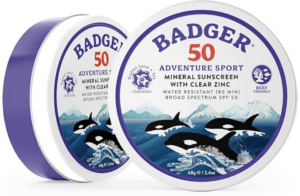 SPF 50 | $15 2.4 ounces $6.25/ounce  | 25% Uncoated Zinc Oxide, Sunflower Seed Oil, Beeswax, Tocopherol (Sunflower Vitamin E) |
| Raw Elements Baby + Kids Like: reef friendly water resistant 80 min good ingredients and lots of zinc | 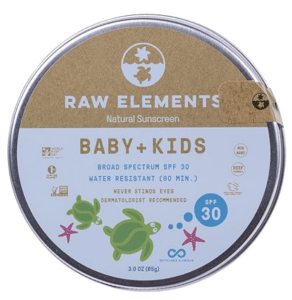 SPF 30 | $18 3 ounces $6/ounce  | 25% non-nano Zinc, organic sunflower seed oil, organic beeswax, organic coconut oil, cocoa seed butter, organic calendula flower extract, organic chamomilla, rosemary leaf extract, sunflower vitamin E |
| Waxhead Sunscreen Stick Like: reef friendly water resistance 80 min lots of zinc, Bonus: Tinted Version | 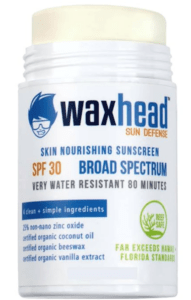 SPF 30 | $24 3.7 ounce $6.50/ounce  | 25% non-nano Zinc, Virgin coconut oil, Beeswax, aqua, ethanol, vanilla planifolia extract |
| EiR NYC Surf Mud Pro Stick Like: reef safe, water resistant lots of zinc + titanium Dislike: expensive Note: cardboard container | 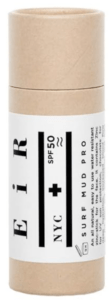 SPF 50 | $30 1.5 ounces $20/ounce  | 25% non-nano Zinc, 5% non-nano Titanium, Beeswax, Organic Cocoa Butter Organic Coconut Oil Organic Cocoa Fruit Powder |
Concluding Thoughts on Sunscreen
While there are numerous sunscreen options, finding a high quality product can be challenging. Staying out of the sun and wearing clothes that protect from the sun is the best defense from sunburns and skin damage. At the moment the best sunscreen option seems to be mineral sunblocks with a high percentage of zinc oxide (greater than 20%) and potentially some additional titanium dioxide.
Just because a sunscreen says it is reef safe does not make it so. Double check a sunscreen by using our list of reef harmful chemicals above or go to Save the Reef.org. If you’re the DIY type, check out our recipe for homemade zinc-based sunscreen to save money and ensure your sunscreen is safe for your health.
